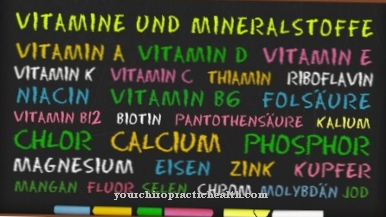blood thinner or rather, anticoagulants, directly or indirectly affect the complex process of blood clotting. The risk of clotting in the "wrong place" within the blood vessel system in the brain, heart or lungs should be reduced in order to prevent a stroke, an embolism or a heart attack.
What are blood thinners?

The complex process of blood clotting (coagulation) to stop the bleeding after an internal or external injury is in principle life-saving, as otherwise every slightest injury would lead to bleeding. In the case of artificially inflicted injuries from an operation or heart disease - such as atrial fibrillation - there is a risk that the coagulation process will be unintentionally triggered by mechanical stimuli and that a blood clot, a thrombus, will form inside the vessels.
The thrombus can be carried along by the bloodstream and cause a vascular occlusion at an unfavorable point, which can lead directly to a heart attack, stroke or pulmonary embolism. In order to reduce the risk of blood clots forming in the case of known risk factors, anticoagulants (blood thinners) are administered as a prophylaxis, which directly or indirectly hinder the blood clotting process.
Apart from side effects, there is the problem of the optimal dosage. Too high a dose can lead to dangerous internal spontaneous bleeding or to prolonged bleeding after injuries.
Medical application, effect & use
The widespread atrial fibrillation, the use of artificial heart valves and stents as well as upcoming operations speak in favor of prophylaxis. A direct therapeutic application can be for the treatment of thrombosis and arteriosclerosis.
There are now a large number of drugs and groups of substances that intervene directly or indirectly at certain points in the coagulation mechanism and have specific advantages and disadvantages. The first stage of blood clotting begins with the blood platelets (thrombocytes) sticking together, which is feared after the insertion of stents, after a heart attack or if atherosclerosis is diagnosed.
To prevent this, drugs are used that inhibit platelet aggregation, such as B. the well-known acetylsalicylic acid (ASA), the main active ingredient in aspirin. Other active ingredients, often given in combination with ASA, are clopidogrel, prasugrel and ticagrelor. Low molecular weight heparins are preferred for thrombosis prophylaxis after operations and for the treatment of pulmonary embolism and venous thrombosis. They are injected subcutaneously and directly inhibit coagulation factor X (Xa) together with the body's own anticoagulant AT III.
For patients who have to maintain anticoagulant protection for a longer period of time - or even for life - coumarins with the main active ingredient phenprocoumon (Marcumar) or warfarin have been the drug of choice for decades. These are vitamin K antagonists that indirectly inhibit certain coagulation factors by inhibiting the effectiveness of vitamin K. In recent years, new drugs have been approved which directly attack coagulation factor X (Xa) and make regular checks of the blood coagulation factor INR unnecessary.
Herbal, natural, homeopathic & pharmaceutical blood thinners
The active ingredient phenprocoumon, a vitamin K antagonist and an active component of the drug Marcumar, is originally of vegetable origin (woodruff), but is now produced synthetically.
Citrate, another natural "blood thinner", is mainly used for preventive anticoagulation during dialysis. Hirudin, which was originally obtained from medicinal leeches, has an anticoagulant effect through its blocking effect on thrombin synthesis. Hirudin is nowadays obtained from genetically modified yeast cells under the names Lepirudin and Desirudin.
For therapeutic purposes, the agents are administered parenterally via subcutaneous injections or intravenously. Acetylsalicylic acid is one of the active ingredients that counteracts the agglutination of the aggregation of platelets and is therefore also known as a platelet aggregation inhibitor. The active ingredient is also of vegetable origin. It was originally made from salicylic, a group of substances extracted from willow bark. Acetylsalicylic acid is produced synthetically in large quantities.
The group of heparins, which are mainly used for a limited period of time to prevent thromboses and embolisms after operations, are of animal origin and are still extracted from the intestines of pigs. Since 2008, the new drugs Pradaxa, Xarelto and Efient. Have been approved as anticoagulants to prevent thrombosis and embolism. They are easier to use because there is no need to constantly monitor the coagulation factor INR in the blood.
Risks & side effects
The basic risk of using blood thinners is an (unwanted) overdose, which can result from dietary changes or interactions with other medications if vitamin K antagonists are taken.
The newly approved drugs Pradaxa®, Xarelto® and Efient® can be overdosed if z. For example, two tablets are accidentally taken instead of one tablet, or impaired kidney or liver function breaks down the active ingredients too slowly. In the event of an overdose, there is a risk of internal bleeding and the risk that bleeding will be difficult to stop after injuries.
When taking vitamin K antagonists for a long time, it must be borne in mind that vitamin K has other important functions in the calcium balance of the body in addition to blood coagulation, i.e. in building bones and offers a certain protection against arteriosclerosis. If the vitamin is suppressed, these functions are also hindered, so that osteoporosis and arteriosclerosis are favored in the long term.





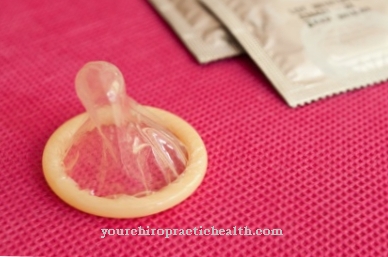



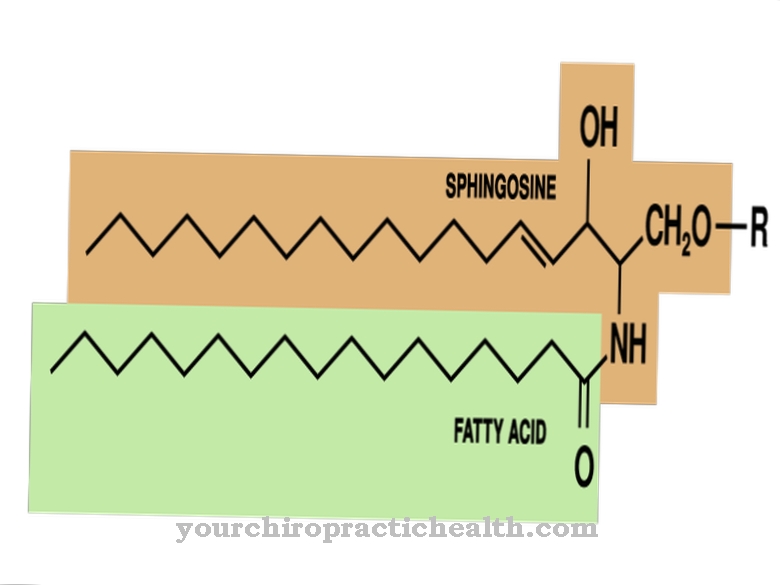
.jpg)

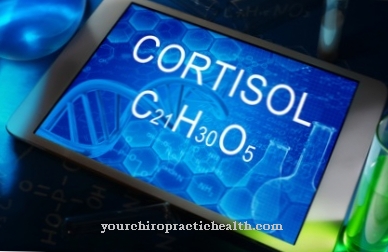
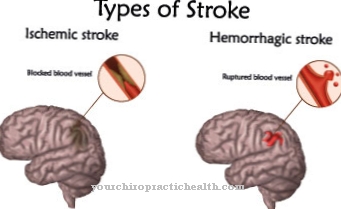

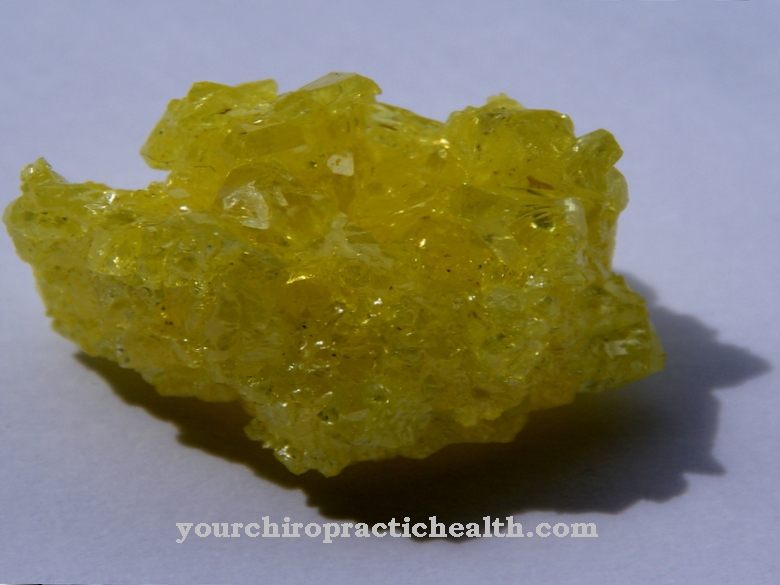
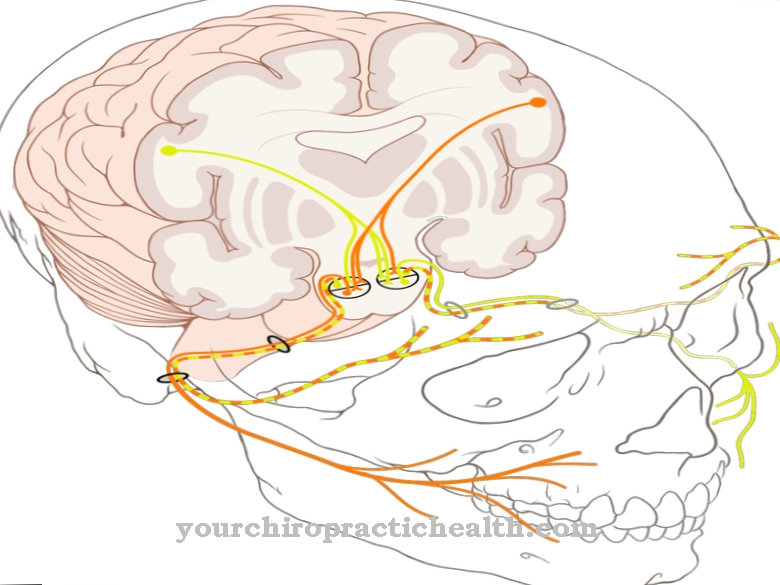

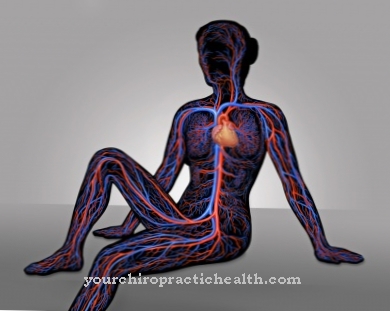


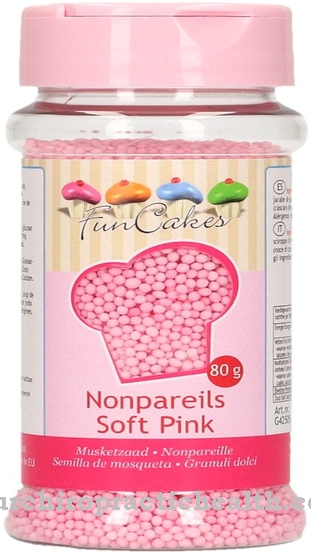


.jpg)
